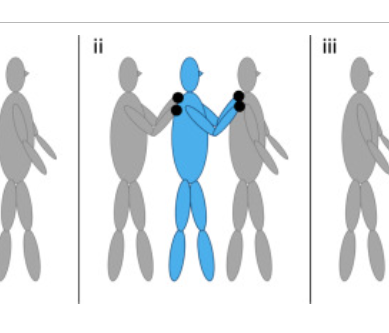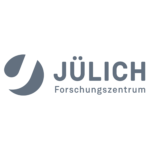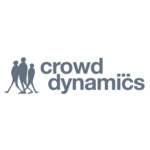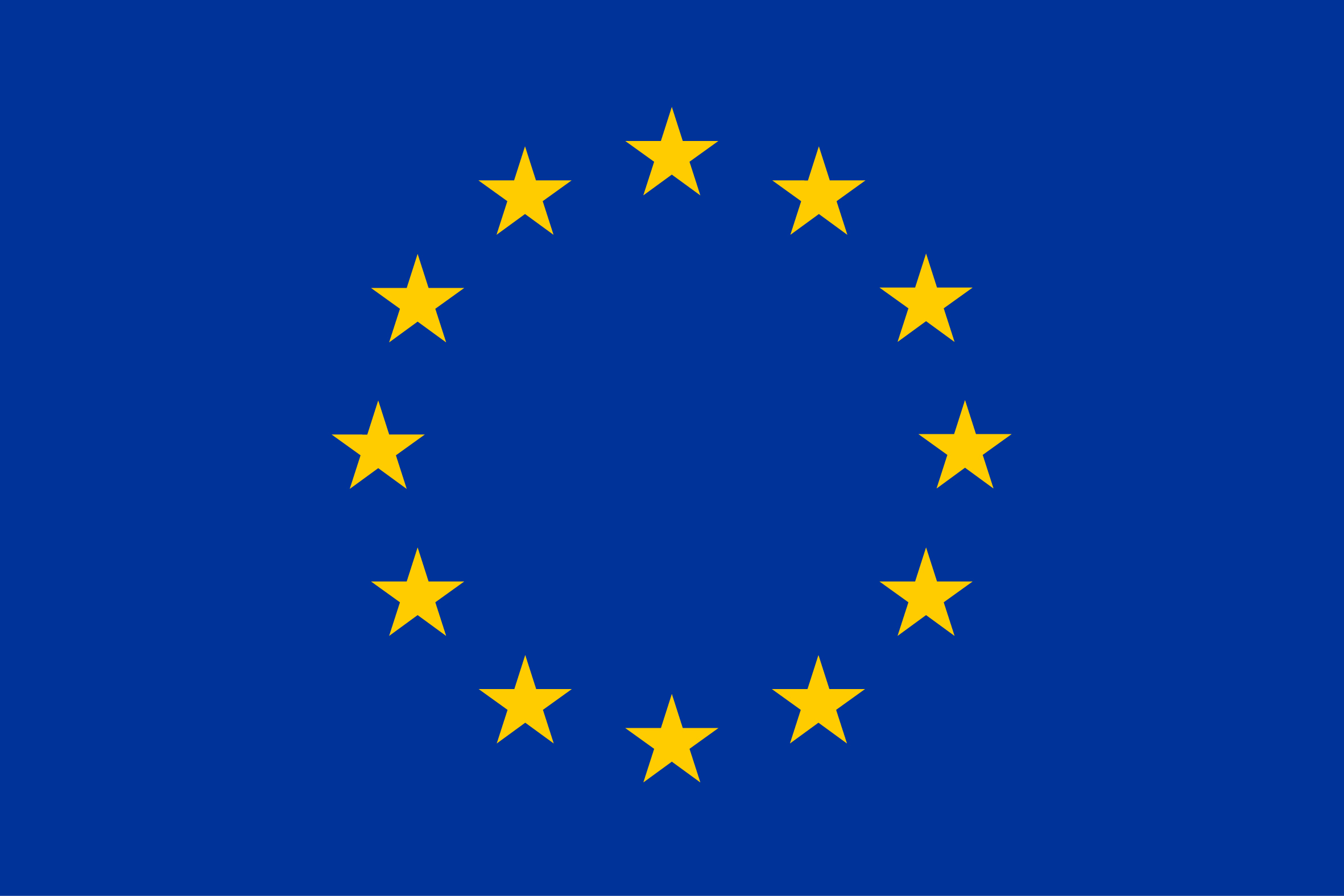S. Feldmann, T. Chatagnon, J. Adrian, J. Pettre and A. Seyfried
Proceedings, Safety Science (PED 2023)
Abstract
In high-density crowds, local motion can propagate, amplify, and lead to macroscopic phenomena, including ”density waves”. These density waves only occur when individuals interact, and impulses are transferred to neighbours. How this impulse is passed on by the human body and which effects this has on individuals is still not fully understood. To further investigate this, experiments focusing on the propagation of a push were conducted within the EU-funded project CrowdDNA. In the experiments the crowd is greatly simplified by five people lining up in a row. The rearmost person in the row was pushed forward in a controlled manner with a punching bag. The intensity of the push, the initial distance between participants and the initial arm posture were varied. Collected data included side view and top view video recordings, head trajectories, 3D motion using motion capturing (MoCap) suits as well as pressure measured at the punching bag. With a hybrid tracking algorithm, the MoCap data are combined with the head trajectories to allow an analysis of the motion of each limb in relation to other persons.
The observed motion of the body in response to the push can be divided into three phases. These are (i) receiving an impulse, (ii) receiving and passing on an impulse, and (iii) passing on an impulse. Using the 3D MoCap data, we can identify the start and end times of each phase. To determine when a push is passed on, the forward motion of the person in front has to be considered. The projection of the center of mass relative to the initial position of the feet is a measure of the extent to which a person is displaced from the rest position. Specifying the timing of these phases is particularly important to distinguish between different types of physical interactions. Our results contribute to the development and validation of a pedestrian model for identifying risks due to motion propagation in dense crowds.










